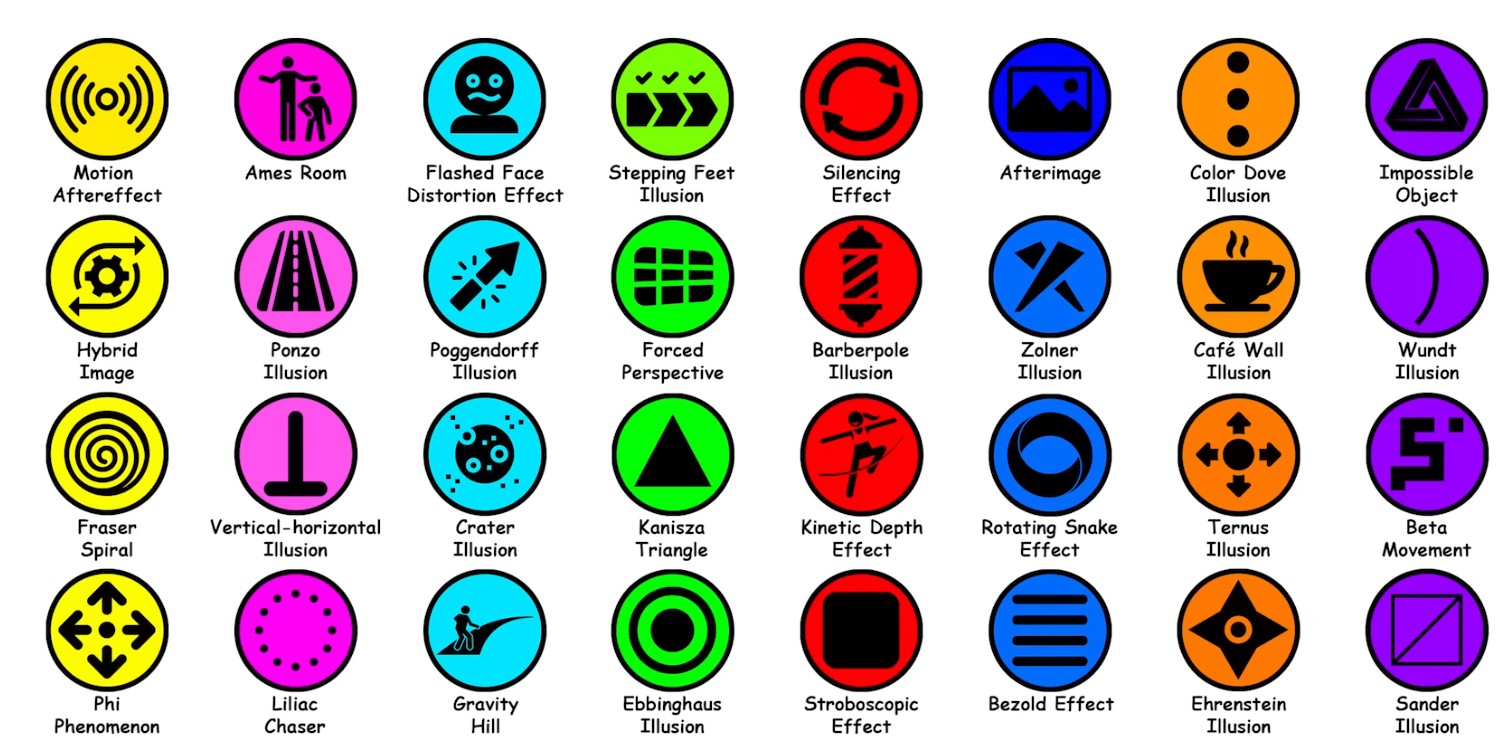BREAKING NEWS
LATEST POSTS
-
Raw hours – If you want to get really good at something, forget about shortcuts. You simply have to inject a ton of raw hours.
Jonathan Stern Raw hours
On Twitter yesterday, @RJoads asked me how I got good at styling (CSS).
I replied: “Raw hours. I’m obsessed with how things look and feel—probably more than the median engineer. Mind you, this has not always been a positive. I’ve been wildly distracted for hours and hours on the smallest items, things that truly do not matter to the business. But that’s how I’ve gotten better.”
If you want to get really good at something, forget about shortcuts. You simply have to inject a ton of raw hours.
“Work smarter, not harder” is a common refrain these days—particularly in sophisticated circles. The thing is, for most people I think it’s bad advice. My experience learning to code has suggested you have to work hard before you know how to work smart. No substitute for raw hours.
It’s similar to what Brian Armstrong says: “If you’re pre-product/market fit, the best advice that I have from that period is: action produces information. Just keep doing stuff.”
People with limited experience are similar to startups pre-product/market fit. Of course you should aim to work smarter! The catch is that you have to work extremely hard in order to know HOW to work smart. You must first go down dozens of dead-end paths to know where the smarter paths lie.
The second catch is that in order to be able to inject a ton of raw hours in a natural, sustainable way, oftentimes you need to be OBSESSED. Otherwise – you’ll be banging your head against the wall year after year. Some people are so dogged they’re able to do it. But this is exceedingly rare and probably not worth aspiring to.
“It’s hard to do a really good job on anything you don’t think about in the shower.” – Paul Graham
Doing is normally distributed; Learning is log-normal
https://hiandrewquinn.github.io/til-site/posts/doing-is-normally-distributed-learning-is-log-normal
-
braindump.me – Building an AI game studio: what we’ve learned so far
https://braindump.me/blog-posts/building-an-ai-game-studio
Braindump is an attempt to imagine what game creation could be like in the brave new world of LLMs and generative AI to give you an entire AI game studio, complete with coders, artists, and so on, to help you create your dream game.
-
How we’ve failed the average worker and instead glorified CEOs
CEO total compensation has outpaced US median annual income by 16,638%, on average.
US median annual income increased by just 4% on average ($2,108/year).
CEO total compensation had an average annual increase of 7% ($676,153/year
Since 1974, CEO compensation has grown 940% while the average worker’s compensation has risen just 12%. Meanwhile, the purchasing power of the dollar over that same period has decreased an average of 3% a year from inflation. As a result, the average worker can afford significantly less goods and services today than they could 50 years ago, including housing, clothes and food. The average worker is losing big time.
And for those who would argue the high cost of social welfare, corporate welfare will cost taxpayers almost $400 billion this year alone, which is 25,000% higher than the $1.6 billion that will be spent on social welfare.
Sources
https://www.linkedin.com/posts/hannahawilliams_eattherich-activity-7198758131538046978-Vr2O
FEATURED POSTS
-
Sony tests AI-powered Playstation characters
https://www.independent.co.uk/tech/ai-playstation-characters-sony-ps5-chatgpt-b2712813.html
A demo video, first reported by The Verge, showed an AI version of the character Aloy from the Playstation game Horizon Forbidden West conversing through voice prompts during gameplay on the PS5 console.
The character’s facial expressions are also powered by Sony’s advanced AI software Mockingbird, while the speech artificially replicates the voice of the actor Ashly Burch.

-
GretagMacbeth Color Checker Numeric Values and Middle Gray
The human eye perceives half scene brightness not as the linear 50% of the present energy (linear nature values) but as 18% of the overall brightness. We are biased to perceive more information in the dark and contrast areas. A Macbeth chart helps with calibrating back into a photographic capture into this “human perspective” of the world.
https://en.wikipedia.org/wiki/Middle_gray
In photography, painting, and other visual arts, middle gray or middle grey is a tone that is perceptually about halfway between black and white on a lightness scale in photography and printing, it is typically defined as 18% reflectance in visible light

Light meters, cameras, and pictures are often calibrated using an 18% gray card[4][5][6] or a color reference card such as a ColorChecker. On the assumption that 18% is similar to the average reflectance of a scene, a grey card can be used to estimate the required exposure of the film.
https://en.wikipedia.org/wiki/ColorChecker
(more…)
-
Sun cone angle (angular diameter) as perceived by earth viewers
Also see:
https://www.pixelsham.com/2020/08/01/solid-angle-measures/
The cone angle of the sun refers to the angular diameter of the sun as observed from Earth, which is related to the apparent size of the sun in the sky.
The angular diameter of the sun, or the cone angle of the sunlight as perceived from Earth, is approximately 0.53 degrees on average. This value can vary slightly due to the elliptical nature of Earth’s orbit around the sun, but it generally stays within a narrow range.
Here’s a more precise breakdown:
-
- Average Angular Diameter: About 0.53 degrees (31 arcminutes)
- Minimum Angular Diameter: Approximately 0.52 degrees (when Earth is at aphelion, the farthest point from the sun)
- Maximum Angular Diameter: Approximately 0.54 degrees (when Earth is at perihelion, the closest point to the sun)
This angular diameter remains relatively constant throughout the day because the sun’s distance from Earth does not change significantly over a single day.
To summarize, the cone angle of the sun’s light, or its angular diameter, is typically around 0.53 degrees, regardless of the time of day.
https://en.wikipedia.org/wiki/Angular_diameter
-






